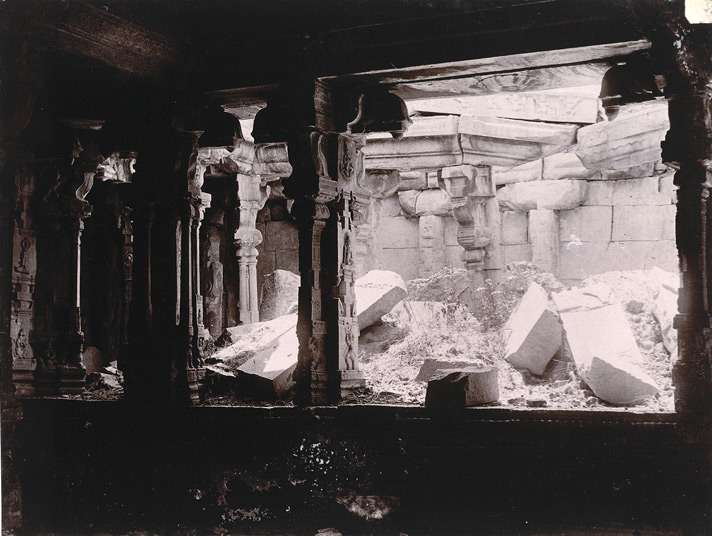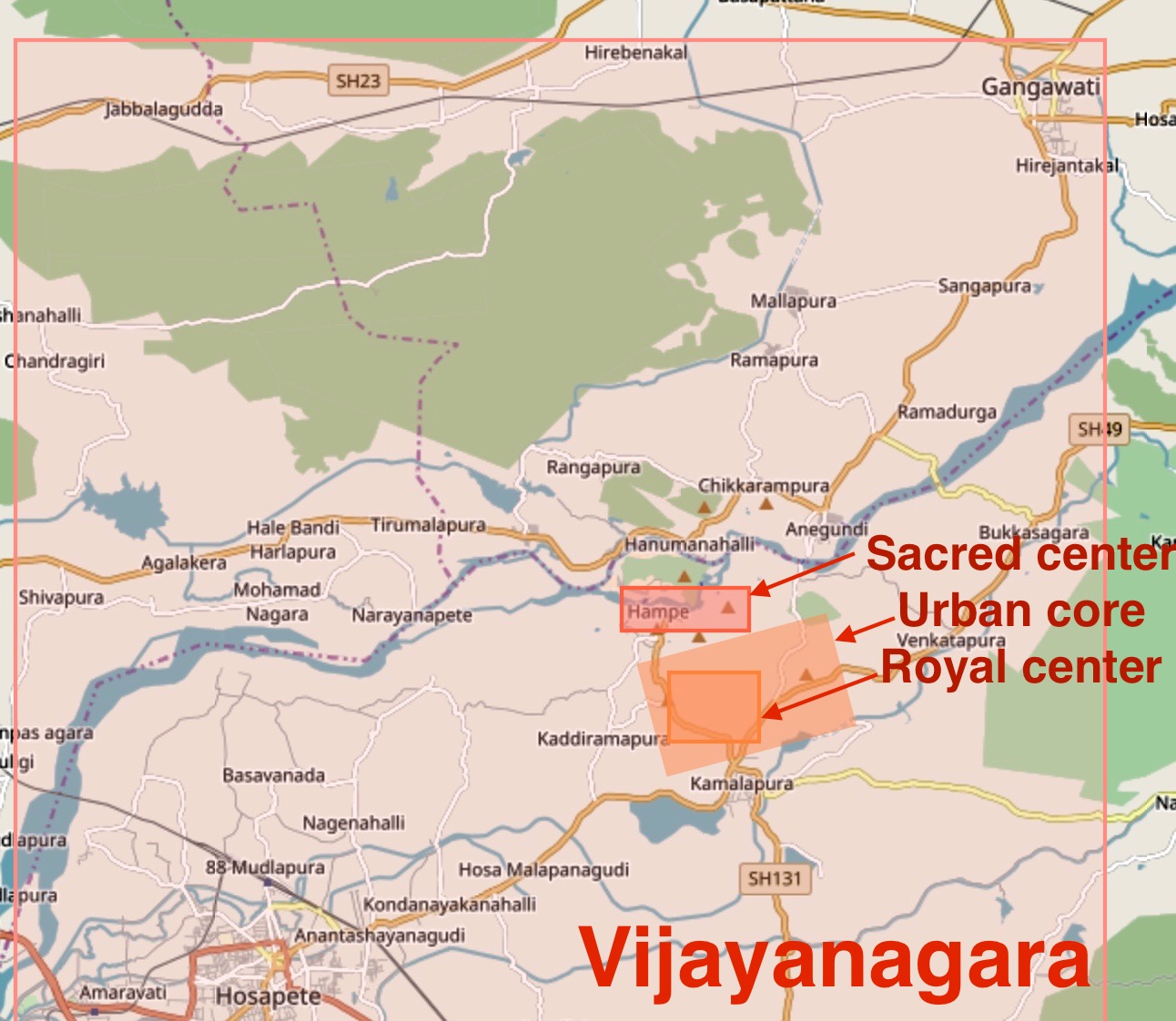Mahanavami Dibba stands as a monumental testament to the cultural and architectural brilliance of the Vijayanagara Empire. Located in the historic city of Hampi, this extraordinary platform represents more than just a physical structure; it embodies the grandeur and complexity of medieval South Indian royal traditions.
Constructed during the reign of the legendary King Sri Krishnadevaraya, the platform symbolizes the empire's power, artistic sophistication, and religious devotion. Rising to an impressive height of 12 meters, this three-tiered granite marvel was meticulously designed to serve multiple purposes—from hosting elaborate religious ceremonies to showcasing royal might during significant festivals.
The architectural details of Mahanavami Dibba reveal the exceptional craftsmanship of Vijayanagara artisans. Local granite was expertly carved with intricate scenes depicting processions, musical performances, and everyday life, creating a visual narrative that transcends time. Though many original architectural elements have been lost, the remaining carvings offer profound insights into the social and cultural dynamics of the period.
During the Mahanavami festival, this platform transformed into a vibrant centre of celebration. The royal family would sit surrounded by ministers, noblemen, and occasionally foreign dignitaries, watching grand processions that demonstrated military prowess and cultural sophistication. European travelers like Domingo Paes documented these spectacular events, providing invaluable historical accounts of the empire's magnificence.
The platform's significance extends beyond mere architectural beauty. It represents a complex intersection of political power, religious symbolism, and cultural expression. The Mahanavami celebrations were not just festivities but carefully orchestrated displays of royal authority, where every ritual and performance carried deep symbolic meaning.
Despite the tragic destruction of the Vijayanagara Empire in 1565, when Muslim sultanates conquered and pillaged Hampi, Mahanavami Dibba has survived as a resilient reminder of past glories. Today, it stands as a UNESCO World Heritage Site, attracting scholars, historians, and tourists eager to understand the rich cultural tapestry of medieval South India.
Modern perspectives on Mahanavami Dibba blend historical reverence with contemporary conservation efforts. While the platform no longer hosts royal celebrations, it continues to inspire discussions about cultural preservation, architectural heritage, and the importance of remembering complex historical narratives that shape our understanding of civilization.
The enduring legacy of Mahanavami Dibba lies not just in its stone structures but in its ability to communicate stories of human achievement, artistic expression, and cultural resilience. It remains a powerful symbol of how architectural spaces can transcend their original purpose to become timeless repositories of collective memory and historical significance.








